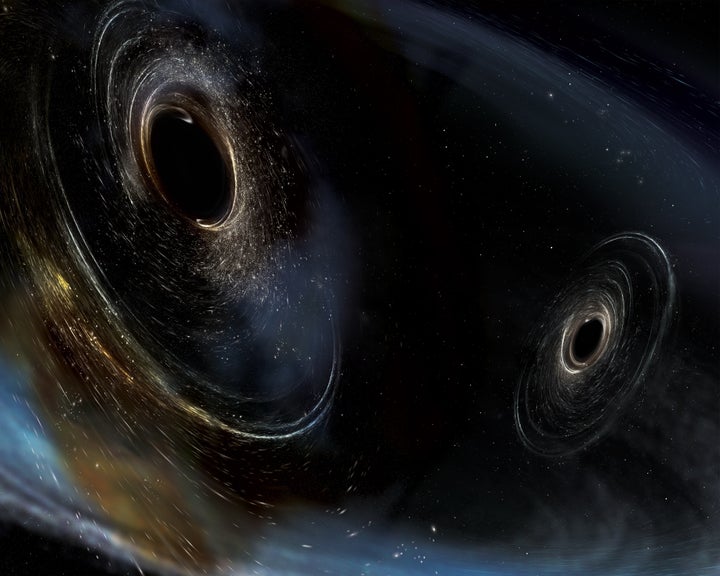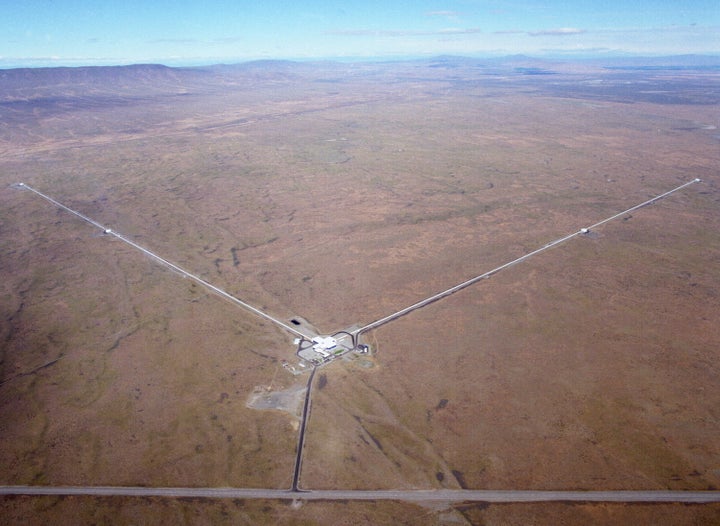The Nobel Prize in Physics 2017 has been awarded to Rainer Weiss, Barry C. Barish and Kip S. Thorne for their instrumental role in the discovery of gravitational waves.
Rainer Weiss and Kip Thorne both pioneered work in this field while Barry C. Barish finally took four decades worth of research to completion resulting in the historic discovery that took place at the LIGO detector in 2015.
First theorised by Einstein a hundred years ago, gravitational waves are ripples in the very fabric of space and time itself caused by unimaginably powerful cosmic events.

They were first observed on 14 September 2015 and came from a cataclysmic collision between two black holes that took 1.3 billion years to reach Earth.
Using the Laser Interferometer Gravitational-Wave Observatory (LIGO), scientists were able to use two giant lasers interferometers to detect minute changes thousands of times smaller than an atomic nucleus.
While Einstein had predicted these waves a century ago he was convinced that we would never be able to detect them.
By actually measuring the ripples caused by these huge cosmic events we can see further into the universe and in turn further back in time than ever before.
Tiny hints of these ripples had been seen as early as the mid-70s when Rainer Weiss had already analysed possible sources of background noise that were disturbing measurements.
Both Barry C. Barish and Kip S. Thorne were also firmly convinced that gravitational waves could bring about a revolution in our understanding of the universe.
How does LIGO work?
LIGO is a vast complex based out in the US that uses two vast laser interferometers to detect what are quite simply ripples in space and time.

The huge observatory consists of two 4km tunnels connected in an ‘L’ shape.
They then fire a powerful laser which is then split down the L in two directions. Mirrors are then used to bounce the light back onto a huge detecter.
Gravitational waves then distort the distances of these two beams by a tiny amount.
Incredibly, Caltech were then actually able to convert the waves detected from the black hole collision into sound waves.
